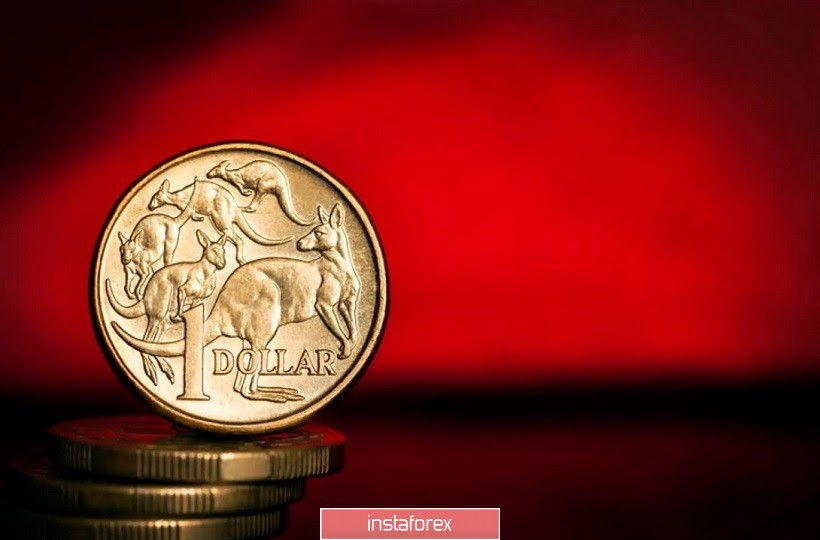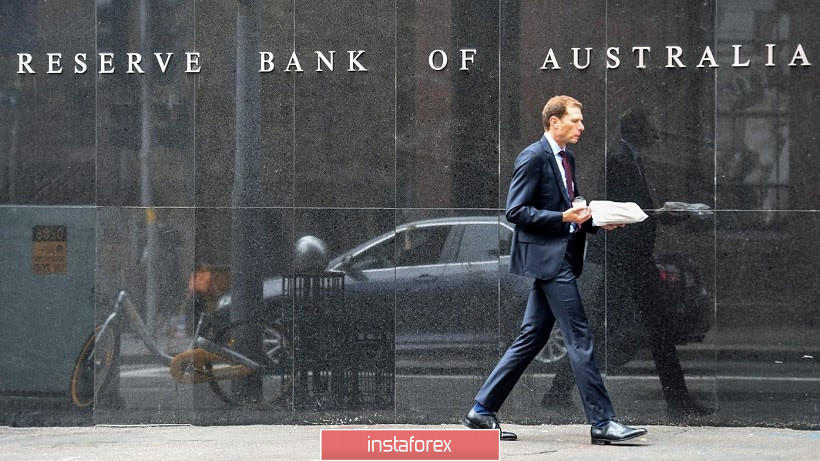The Australian dollar continues to strengthen against the US currency: after a temporary recession, the aussie moved up again, gaining a foothold within the 65th figure. Disappointing data on the Australian labor market could not change the overall mood for the pair. Traders remain confident that the Australian economy will recover fairly quickly in the second half of the year, and the decline in key indicators will be less deep relative to the Reserve Bank of Australia's forecasts.
Actually, the experts of the RBA themselves admit a similar scenario only if the world is not under the blow of the second wave of the epidemic. Therefore, the general fundamental background for the pair remains positive, especially amid latest news from the front of the fight against COVID-19. News from China also supported the aussie, although relations between Canberra and Beijing have recently cooled down after the Australians supported the idea of the Americans to investigate the possible artificial nature of the coronavirus (which the Chinese did not like). Nevertheless, China is still Australia's key trading partner, so China's economic recovery is pushing the aussie up, not only against the greenback, but throughout the market.

The closest resistance level for the pair is quite near - at around 0.6590 (the upper line of the Bollinger Bands indicator on the daily chart). But the main price outpost is located a little higher - this, of course, is the "round" mark of 0.6600. When overcoming this target, buyers can expect the pair to return to their usual, pre-crisis price range (0.67-0.69), within which it fluctuated in the second half of last year.
It is noteworthy that traders actually ignored the current macroeconomic reports of Australia, which reflect the negative consequences of the epidemic and lockdown. For example, the latest release of data on the growth of the Australian labor market went almost unnoticed - the aussie formally decreased by several tens of points, after which it quickly recovered. Although the unemployment rate in the country rose to 6.2%, and the growth rate of the number of employed significantly disappointed: it collapsed by almost 600,000. Full employment decreased by almost 230,000, part-time - by more than 370,000. The share of the economically active population fell to 63%. But the market was ready for such a result, so the Australian dollar slightly suffered.
Traders also interpreted the last RBA meeting and its quarterly report in favor of the aussie. And this is despite the fact that the rhetoric of the regulator abounded with pessimistic assessments, forecasts and comments. But market participants have found positive aspects here. Firstly, the RBA stated that it was in a wait-and-see position; secondly, it announced a reduction in the volume and frequency of bond purchases. Although the RBA emphasized in a separate line that the interest rate would not be increased until the key inflation indicators and the level of employment reached their target levels, this fact did not prevent the bulls from moving up. Apparently, market participants are confident that the Australian economy will recover by the end of this year, and by the beginning of next year, the RBA will begin to tighten the terms of monetary policy.
The minutes published today of the last RBA meeting also supported AUD/USD, despite the conflicting rhetoric of the document. Of the negative points, the following can be distinguished. First, according to RBA economists, the country's GDP is expected to decrease by more than 10% in the first half of the year. The main blow of the crisis will be in the second quarter: in particular, unemployment should rise to its peak values, that is, to about 9-10%. Secondly, the RBA expressed its willingness to increase purchases of government bonds, while noting a high level of uncertainty. But at the same time, the RBA members again reiterated the thesis that key economic indicators should recover in the second half of the year, and the pace of this recovery will depend on the duration of the restrictive measures. And it is worth noting that Australia began to gradually quarantine almost immediately after its May meeting - the authorities announced a three-stage strategy, which should return the country to a normal rhythm of life approximately by mid-summer.

News from China also supports the aussie - last week it became known that China's industry showed growth in April - for the first time since the beginning of the year. And although production volumes in the country increased by only 3.9%, traders responded to the dynamics themselves.
In addition, the Australian dollar is growing due to the common interest of traders in risky currencies. This was facilitated by the news flow from the front of the fight against coronavirus. Recently it became known that in the United States the vaccine first formed a human immunity to COVID-19. Representatives of the biotechnological company Moderna said that their drug has passed positive tests in humans. In turn, scientists at Peking University are testing drugs that are supposed to be able to stop the coronavirus pandemic even without a vaccine. According to the researchers, the drugs can not only shorten the recovery time of the infected, but even provide short-term immunity to COVID-19.
Thus, the fundamental background for the Australian dollar is quite favorable, despite the conflicting rhetoric of the RBA and the decline in current macroeconomic indicators. At the moment, we can consider long positions to the 0.6590 level (the upper line of the Bollinger Bands indicator on the daily chart). The second option is to wait for the downward pullback, again to go buying with the same purpose.





















